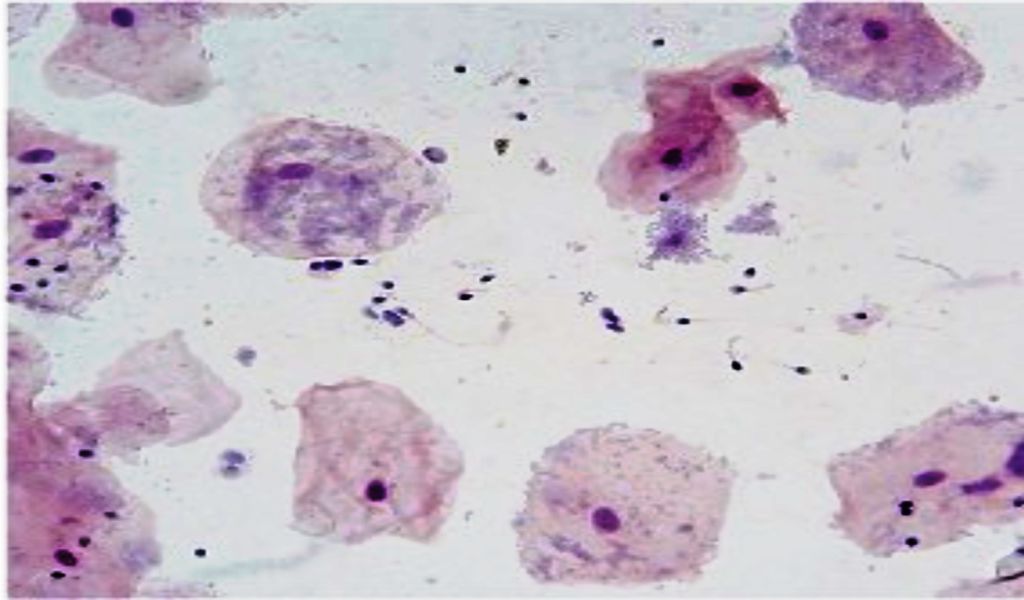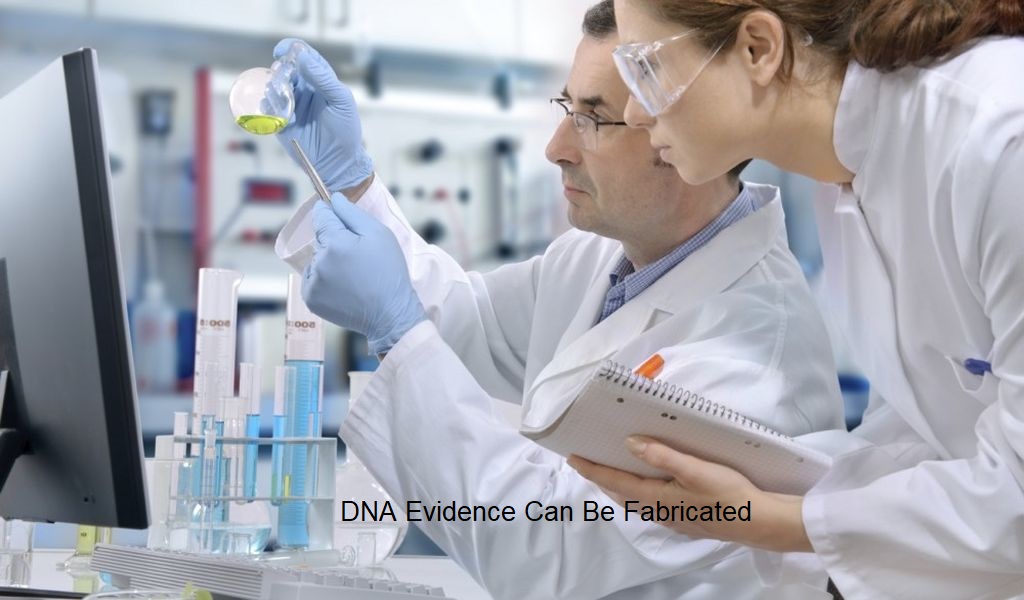Has His DNA Come From His SEMEN?
The Crown’s forensic report states that semen has been detected and that a DNA profile matching your client has been found.
You might assume that the DNA came from the semen.
But that may not always be correct!
The reason is that the DNA could originate from another body fluid or cells present in the same area as the semen and therefore any attribution of the DNA profile to the semen present may not be robust.
Semen consists of a fluid (seminal fluid) which contains spermatozoa (sperm cells). Although the DNA profiling process usually includes a step that preferentially extracts DNA from the sperm rather than from any other cells, this is not always 100% effective. In other cases, because the amounts of semen are so low, this preferential extraction step is not used.
ATTRIBUTION OPINION IN THE REPORT OR STATEMENT
A forensic report should explicitly provide the scientist’s opinion about whether the DNA originated from the semen found. You should expect to see phrasing such as:
- “in my opinion the DNA came from the semen found”
- “in my opinion the DNA is most likely to have come from the semen found”
- “in my opinion it is not possible to determine whether the DNA detected originated from semen”
This issue is called DNA attribution, that is, ‘can the DNA be attributed to semen?’ If there is no mention of the DNA attribution in the forensic report, it requires further investigation and challenge by your expert. This is often the situation with Streamlined Forensic Reports (SFR1) which provide a short summary of the findings, largely based on a DNA match.
Similar attribution principles apply to other body fluids. All forensic reports should be explicit regarding the expert’s opinion as to whether any matching DNA obtained from an area of body fluid staining originated from the detected body fluid, for example saliva, blood or semen. This is important because the presence of an individual’s blood, saliva or semen may be evidentially significant in the case context whereas the presence of their cells or touch DNA may not be significant.
CASE EXAMPLES WHERE DNA ATTRIBUTION IS RELEVANT
Alleged vaginal intercourse
A strong semen stain was found in the gusset area of the complainant’s underwear. The preferential DNA extraction method was used and a strong male DNA profile was obtained. It is likely that vaginal cells from the complainant would have been present in the gusset area of the knickers. Therefore, as no DNA matching the complainant was detected, it shows that the separation method was successful. In this scenario, the expert will be confident to give an opinion that “the DNA came from semen”
Alleged vaginal intercourse by a family member
Very weak semen stains were found on the underwear of the complainant, who is the daughter of the defendant. No preferential DNA extraction step had been used, so it is not possible to say whether any DNA matching the defendant came from semen or some other type of cells.
Given the defendant and complainant live in the same house, its quite possible that his cells and DNA could have been innocently transferred to her clothing.
The expert should therefore opine that “it is not possible to determine whether the DNA matching the defendant came from semen” and give further comment to explain that given they live together; it is reasonable to expect a transfer of DNA as a result of their social situation.
Alleged vaginal intercourse and digital penetration
A weak semen stain containing small numbers of spermatozoa was detected in the gusset of the complainant’s underwear. The preferential DNA extraction step was used and DNA profiling gave a result which could be due to a mixture of DNA from the complainant and the defendant.
The presence of DNA matching the complainant must be from her cells and shows that the separation step has not been entirely successful. This means that some or all of the DNA matching the defendant might be from cells (rather than from the spermatozoa present).
The final interpretation will depend on the relative strengths in the result of the DNA components matching the defendant and the complainant. If the DNA components matching the defendant were much stronger than those matching the complainant, the expert’s opinion may be that “the DNA components matching the defendant are most likely to have come from semen”. Alternatively, if they were weaker than those matching the complainant, the conclusion may be that “it is not possible to determine whether the DNA came from semen”.
WHAT TO CONSIDER WHEN CHALLENGING DNA EVIDENCE AT COURT
Is the forensic report explicit about whether the DNA profile matching your client can be ‘attributed’ to semen?
Is it significant to your case that semen with a DNA profile matching your client is present?
Is just the presence of matching DNA significant (regardless of whether it came from semen, cells or another body fluid), or were there ‘legitimate’ opportunities for a DNA transfer?
Could the semen have been transferred innocently via an intermediate surface or an action other than sexual intercourse? Has the forensic report considered this?
Such issues require expert investigation and opinion – our experts at Forensic Context have a high level of specialist forensic knowledge and expertise in these areas.
The Original Article was published HERE.
When you are indicted not by a Judgment but by the poor quality of the Judgment. Judge’s ignorance also contributes.
With the growing demand for examination of cellular phones a need has also developed for the guidelines of process.
Serological Experts are misusing the Court System because Defence Counsel, Prosecutors and the Judges are ignorant.
Lorem ipsum dolor sit amet, consectetur adipiscing elit. Ut elit tellus, luctus nec ullamcorper mattis, pulvinar dapibus leo.
When you are dragged in a Court Case not because of your fault but because someone is allowed to misuse a law.
Victim of a Bad Judgment: When you are indicted not by a Judgment but by the poor quality of Judgment delivered.
Chamber No. 103, 104
AGGARWAL CHAMBERS
CD Block Pitampura
Delhi 110034












